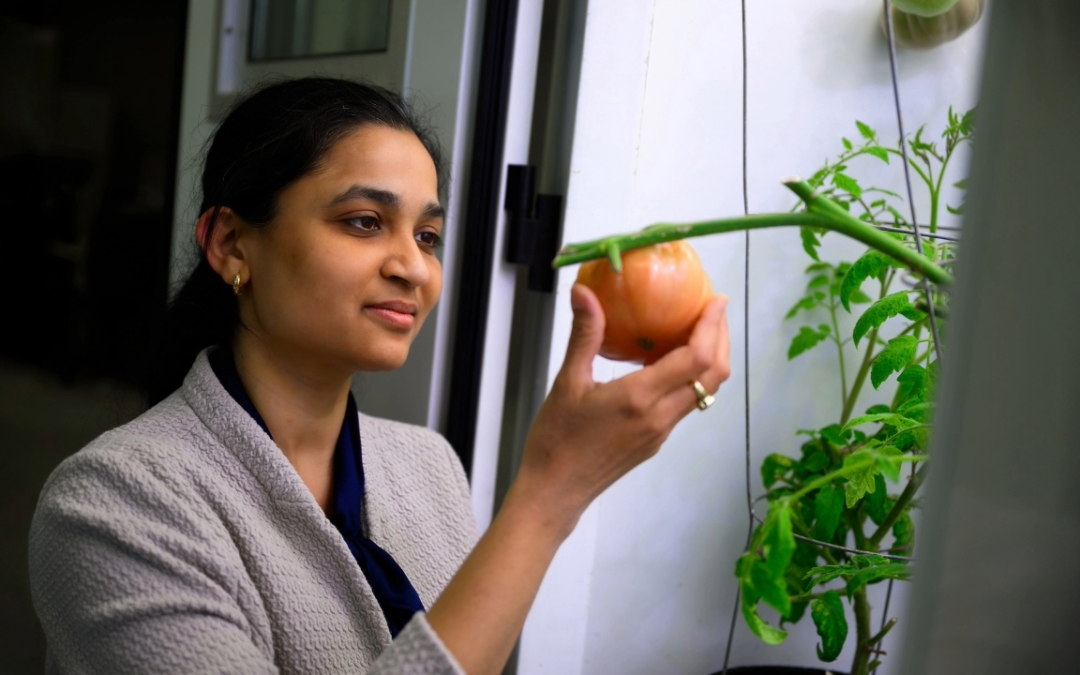
Early season thrips pressure is likely to cause a delay in cotton maturity, resulting in yield losses.
by RON SMITH
The first major insect we focus on during the cotton production season is thrips. Many have heard and read in recent years about the resistance of thrips to our available seed treatments.
Where are we with this issue in Alabama?
Just for background, let’s start with a brief review. Two primary chemicals are used for cotton seed treatments, and they are both in the same class of chemistry. These are imidacloprid, which we know as Gaucho or Aeris, and thiamethoxam, sold as Cruiser or Avicta. For this report, I’ll refer to them as Gaucho or Cruiser. Resistance to both chemicals has been a concern for several seasons now, more so in some areas of the Cotton Belt than others.
To analyze the level of resistance present, thrips samples have been collected from cotton, grains and wild hosts growing in multiple sites across the Cotton Belt. Samples were collected in 2015 from all cotton-producing areas of Alabama, from the Tennessee Valley in the north to the Wiregrass and Gulf Coast in the South.
In general, the resistance levels ranged from about 20 percent to 40 percent. Of the thrips that showed some level of resistance, about 20 percent were resistant to Cruiser only and another 20 percent to Gaucho only. The remaining 60 percent of those showing resistance were resistant to both Cruiser and Gaucho.
Where do we go from here?
Based on past experience, we expect this resistance to increase with time, but we can’t predict how fast the increase will occur. Even so, for the 2016 season in Alabama, we recommend both Cruiser and Gaucho seed treatments because they still have value to growers.
We already recommend foliar sprays at the one to two true-leaf stage when cotton seedlings are not growing rapidly and/or thrips pressure is extremely heavy. As the resistance problem grows, we likely will see an increased need for foliar sprays on top of the seed treatments.
Which of the seed treatments is most effective?
That depends on the rainfall pattern and moisture conditions for the first 21 to 28 days after planting. Reports indicate that there is a difference in water solubility between Cruiser and Gaucho.
From my experience, I have observed that Cruiser performs better in dry springs, while Gaucho may have an advantage in wet springs. Under either condition, a foliar spray, when needed, is very beneficial in getting cotton off to a good start.
Many researchers have shown that effective thrips control increases yields. In my experiences over the past 20 to 25 seasons, I have found that thrips don’t always cause yield losses but are more likely to always cause a delay in maturity. This delay in maturity may then cause yield losses, depending on the harvest season weather.
For the past three or four seasons, the peak thrips movement from other hosts to cotton has occurred later than normal, about mid-May. Traditionally, we have always thought that our earliest planted cotton would have more thrips pressure, but that has not been the case in recent years. I would not suggest for any grower to delay planting in the hope of avoiding thrips pressure because delayed planting has resulted in higher thrips pressure in recent years.
What do we expect for 2016?
Based on the pattern of weather fronts over the winter and through late April, I expect a wet planting season. This likely will mean another late movement of thrips from wild host plants into cotton. Thrips seem to stay with a host as long as it is lush and green. Alternative hosts of thrips around fields remain attractive longer in springs of frequent rainfall events. Time will tell if our forecast is correct.
Smith is professor emeritus of entomology in the College of Agriculture and a retired entomologist with the Alabama Cooperative Extension System.




